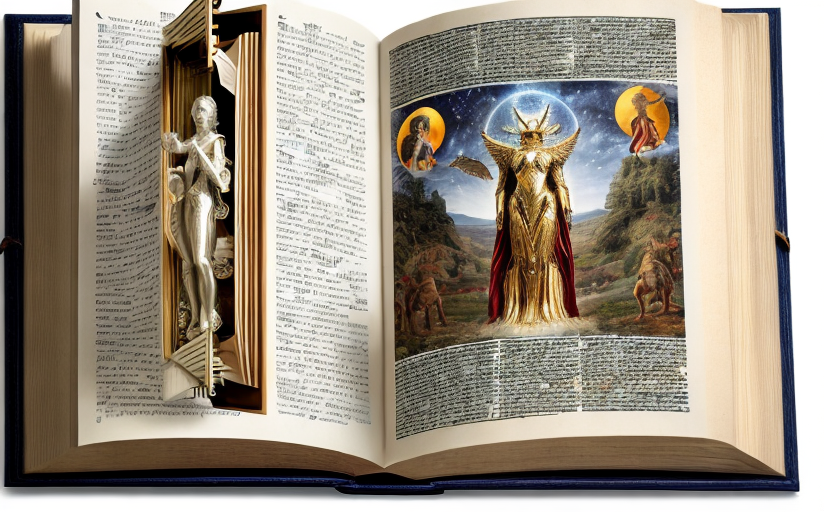Non-Human Narratives in Literature - An Exploration
The narration in literature is predominantly human-oriented since it seems to stem from our fundamental desire to perceive the world from our standpoint. However, throughout the development of literature, there have been unique instances in which non-human entities – from animals to inanimate objects to abstract constructs – have been given narrative voices, thereby challenging traditional storytelling methods and provoking novel thought patterns and interpretations. This article aims to delve into the depth of this peculiar narrative strategy, exploring the influence of non-human narratives on our understanding, interpretation and emotional response to literary text.
Key Concepts and Implications
Non-human narratives naturally confront readers with unfamiliar viewpoints, presenting a fascinating blend of uncertainty, discovery, empathy and even discomfort or alarm. One may recall the chilling horror evoked by Edgar Allan Poe's short story The Tell-Tale Heart, wherein the beating heart of a murder victim narrates the guilt-stricken descent into madness of its murderer. Such a narrative enables an emotive response from the reader that might not have been readily achievable with a human perspective.
Many such narratives also invoke ambiguous meanings, prompting rich reader interpretations. For example, in the acclaimed novel The Book Thief, death itself is the narrator, providing a neutral yet poignant perspective on human life and war. This encourages readers to ponder on mortality, crime, and inevitability in ways that a human narrator might not inspire.
Challenging Traditional Storytelling
Non-human narratives test the conventional norms of storytelling, demanding creativity, keen perception, and a break away from the usual human-centric thought. The novelist Richard Adams' Watership Down is a profound example – it employs a group of rabbits as protagonists and narrators, drawing upon their mythologies, language and societal structures to convey complex human issues and themes. Stories like these push the boundaries of what can be considered a 'narrator' and encourage readers to redefine their understanding of narratorial credibility, reliability and ability to provoke empathy.
Contributions to Plot and Character Development
It would be erroneous to perceive non-human narratives as mere gimmicks in literature. Rather, these are powerful devices that often enrich plot development and character construction. For instance, in George Orwell’s allegorical novel, Animal Farm, the portrayal of farm animals as narrators and protagonists gives shape to a profound commentary on totalitarianism.
Concluding Thoughts
The use of non-human narratives in literature is indeed an intriguing literary technique. It is a testament to the countless ways an author can communicate complex ideas and emotions. Such narratives nudge readers to step outside their anthropocentric interpretation of the world around them, thereby serving to broaden the reader's perspective while also enriching the literary landscape.
















Comments
Leave a Comment